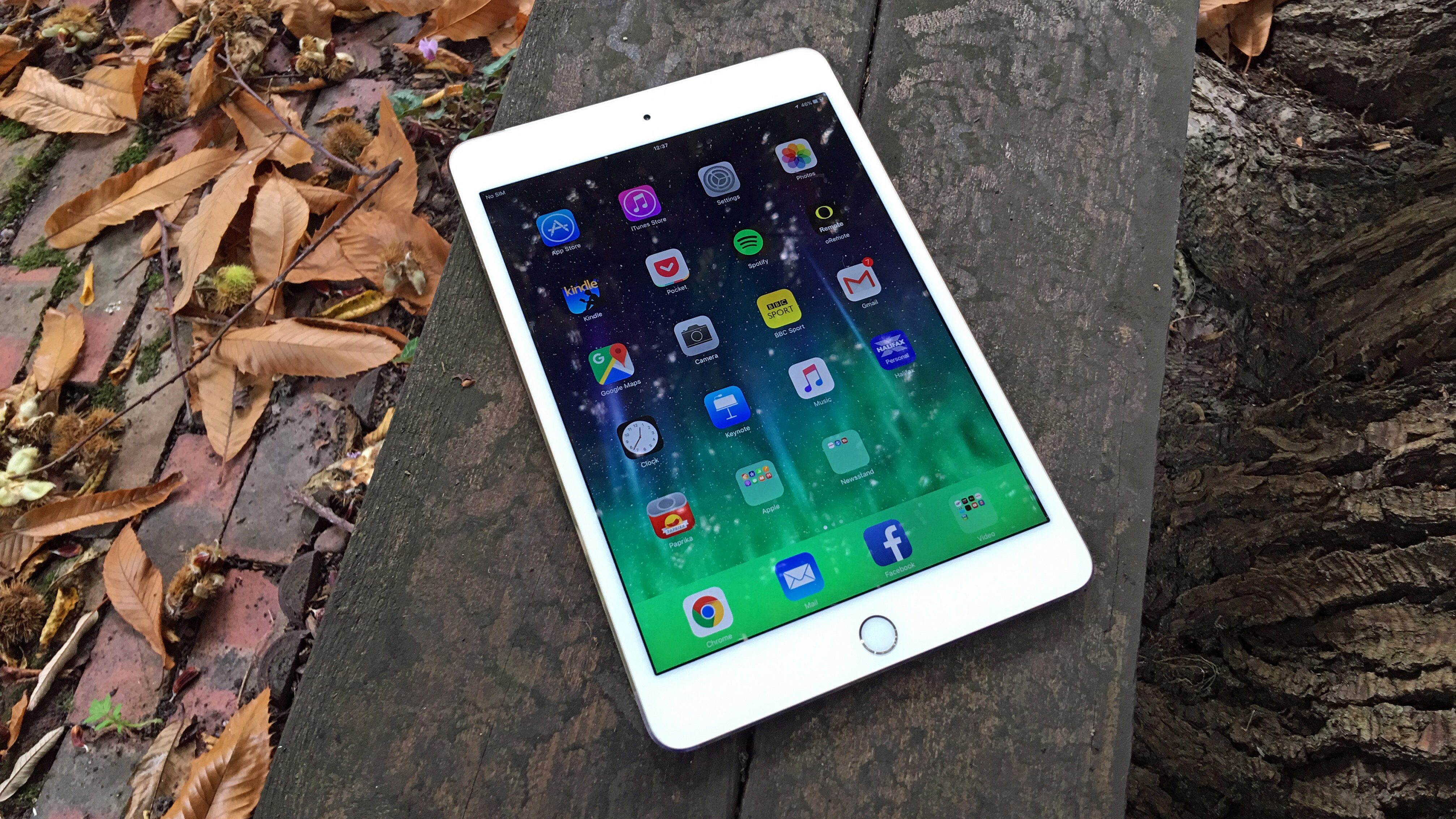Why you can trust TechRadar
While the iPad Mini 4 represents a big step forward from the mini 3's demi-upgrade, it's not exactly chock-full of innovation – but then again, few tablets are these days.
That's not to say that the mini 4 deserves a free ride, as there are some brands doing interesting things but the key thing here is that the whole package works very well indeed.
It's about portability and power, and the iPad mini 4 has that in spades. However despite this being a 'hitting the marks' tablet, there are some impressive elements of Apple's latest cut-down device, and while it's not got 3D Touch, Live Photos, levitating abilities or laser projection they're impressive nonetheless.
Screen
Easily the best part of the Mini 4 is the screen. Apple has been charging hard at making one of the best tablet screens on the market, and it got pretty close with iPad Air 2, offering a more colorful and responsive touch experience through new technology.
The same screen has been used on the new mini, and as such it's even better. That's because the 2048 x 1536 pixel count has been kept and squeezed into the smaller 7.9-inch display, making everything look clearer and sharper than ever before.
Even years after launch, it still impresses as a bright and clear display that makes it easy to use in nearly any environment.
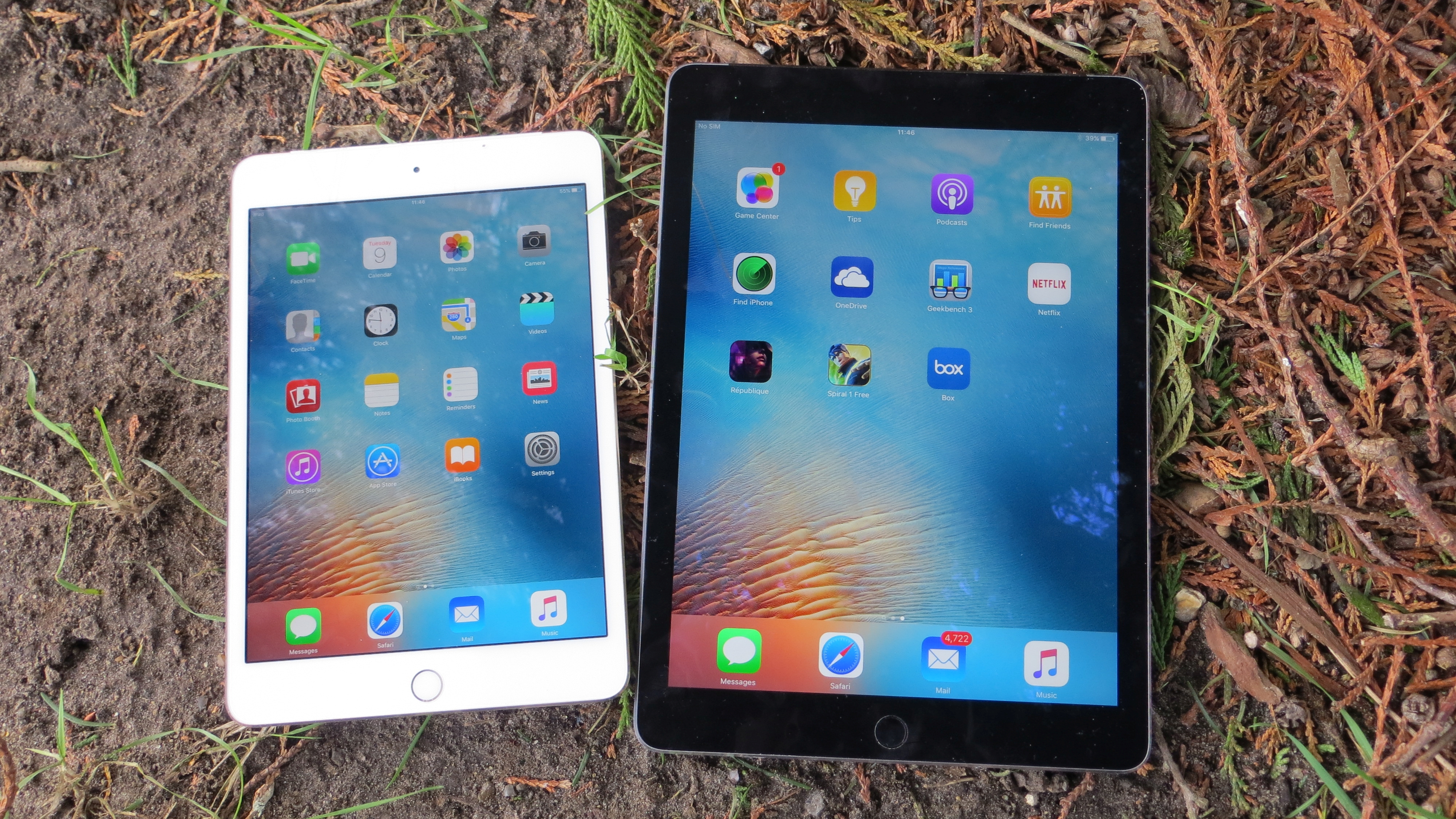
While it's not got the same pixel count of the iPhone XR (which has 326ppi, 6.1-inch screen) the tablet is a different device, where you'll hold it further from your eyes. That means the 324ppi is razor sharp and photos, video and web pages look as crisp as can be.
You might argue that this isn't anything new. After all, we've had this sharpness since the iPad mini 2, but you'd be missing the key upgrades Apple has brought.
The key thing here is the lack of reflection. The iPad mini 4 has a great screen because there's so little glare coming off the display when you're watching things on the go, and the effect of this is two-fold.
Firstly, if you're on a train to work trying to catch up on the latest literally-must-see-otherwise-Twitter-will-ruin-it-when-I-forget-and-open-the-app-and-then-throw-my-tablet-out-the-window-in-anger drama, it's so infuriating when a little bit of light can completely mask the action.
That's not the case here, with the colors pouring forth from the screen with ease even in bright light. The hugely reflective screen was one of my biggest gripes with the first iPad mini, and it's amazing to see that it's evolved to such a point in a relatively short amount of time.
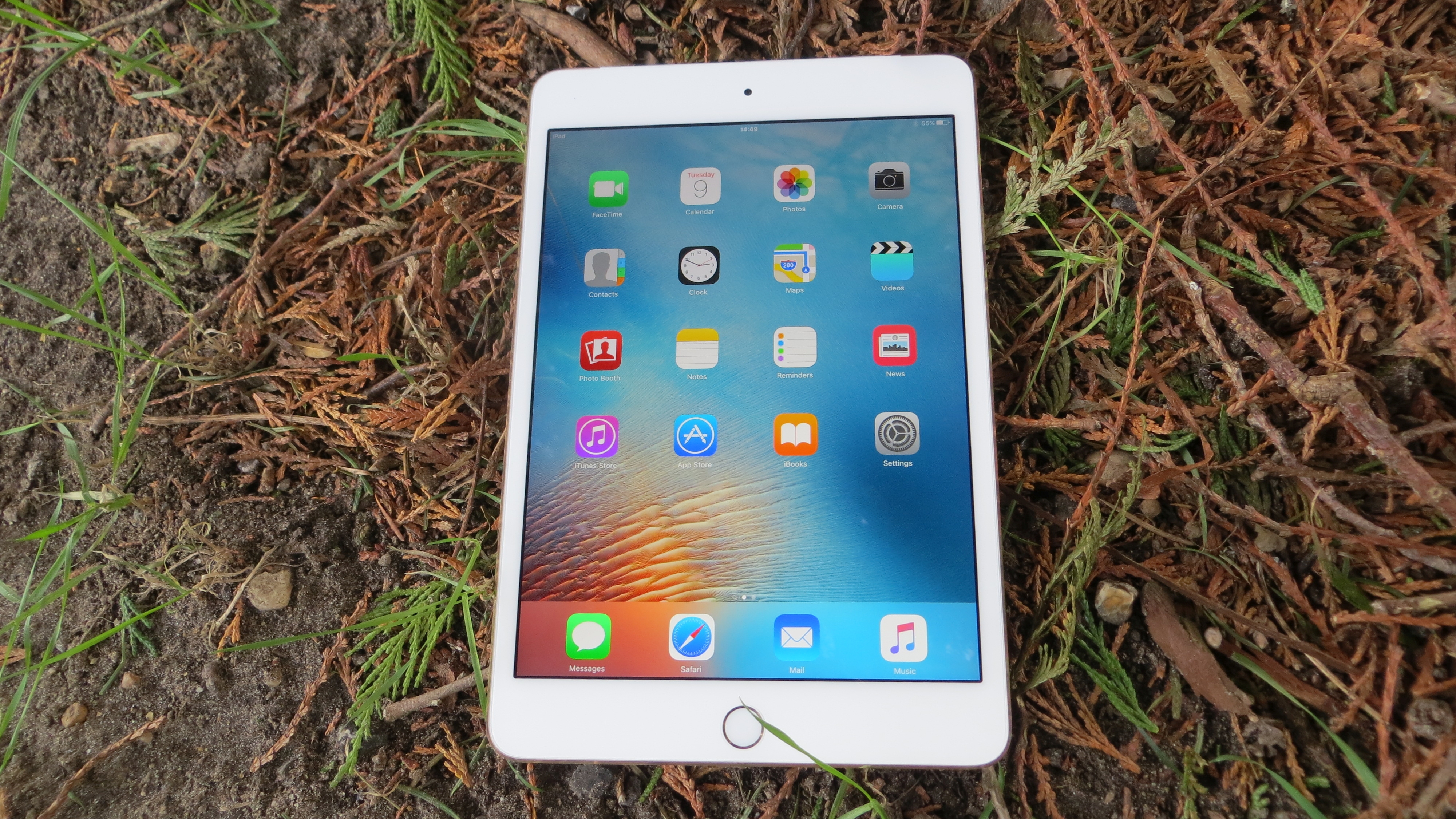
The other benefit is that when you're watching in more ideal conditions – indoors for example – the depth and richness of the screen is really great. Grab yourself a few higher-power apps or indie games that focus on more noir-ish effects, and you'll love playing them again and again on the iPad mini 4.
Similarly photos looks amazing on this thing – as well as 4K footage you've captured and shared with the tablet from an iPhone. In short, it's one of the best tablet screens out there – and that's a feeling echoed by the experts.
DisplayMate's Dr Ray Soneira stated when the tablet was launched: "The iPad mini 4 has finally grown up and become a full-fledged respectable iPad family member, with a high performance display that Steve Jobs would be proud of.
"[It's got] not only a full and very accurate 101% sRGB Color Gamut, but even more important, with a very low 2.0% screen reflectance – the lowest we have ever measured for any mobile display – very impressive."
So there you have it.
Power
Here's where things could take a turn for the worse with the iPad Mini 4. Apple's iPad Air 2, as I've mentioned, is the basis for this new smaller tablet, but it's not got the same power levels inside, as the benchmarks will demonstrate.
The iPad Air 2 uses the Apple A8X chip, designed specifically for tablets. However, the iPad Mini 4 doesn't take the same engine, instead going for the A8 chipset that was used to push along the iPhone 6 and iPhone 6 Plus – except it uses 2GB of RAM, rather than the 1GB used in the phones.
The benchmarks aren't that impressive, with the iPad mini 4 being about as powerful as phones from late 2015, which used the mid-power Snapdragon 617 chipset. It's not a real problem in day-to-day use, as I didn't notice a huge amount of slowdown when opening and closing apps – but there's the future to think about.
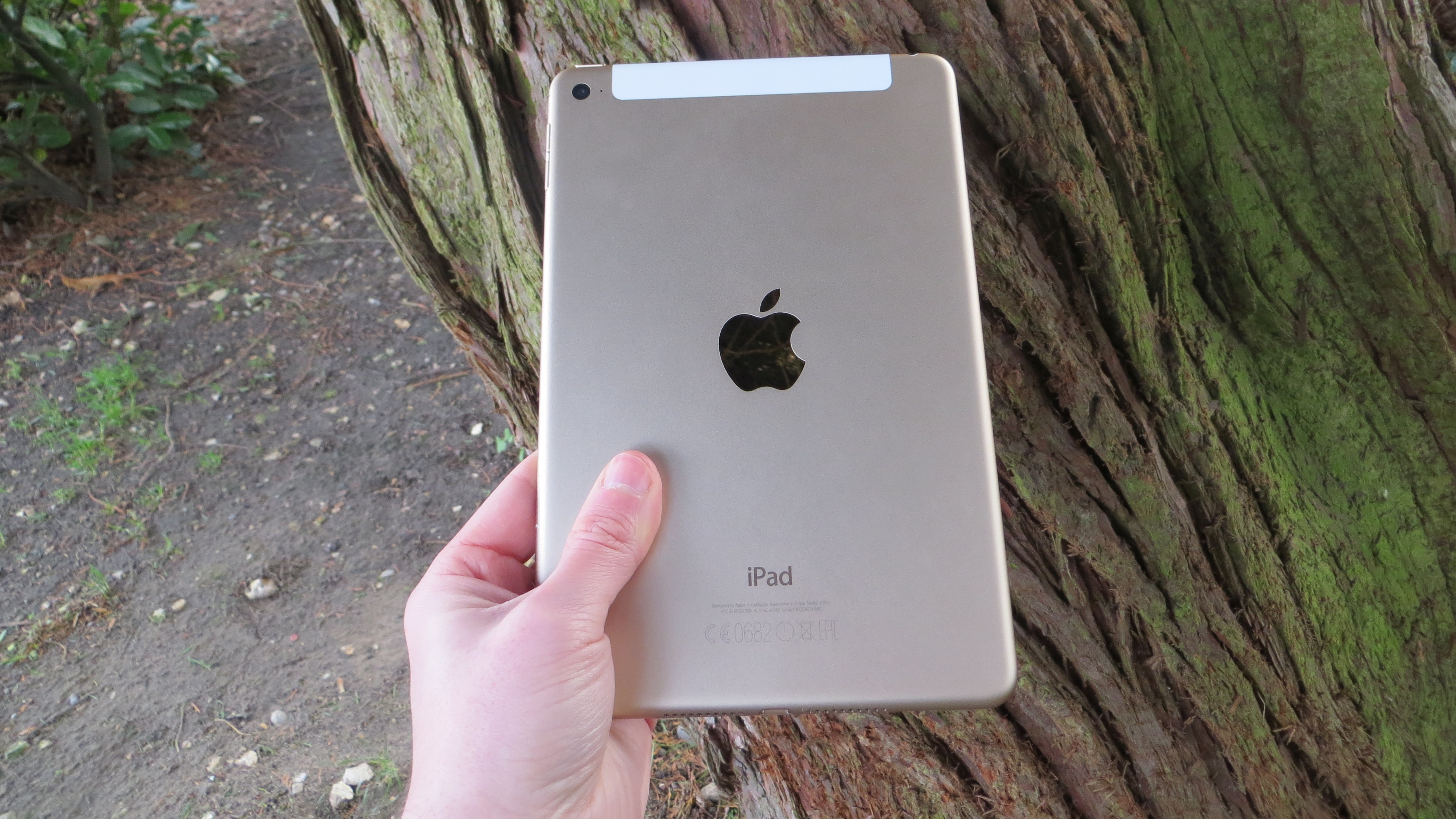
Given that most tablets have at least a three-year lifespan, according to recent buyer surveys, the mini 4 may begin to feel a little underpowered some time before you're thinking about upgrading – so bear that in mind when buying, and think about whether something hyper-powerful like the iPad Pro might better suit your needs.
That said, if you're specifically after a mini Apple tablet, there's not much better around – the mini 4 is far more powerful than the iPad Mini 2, so it's the Mini 4 or nothing if that's what your heart is set on.
The benchmark results (explained in more detail later on), when the new tablet was running iOS 10, show precisely what we expected: it's not quite as powerful as the larger iPad Air 2, but still acceptable given what's required from it.
Apps
The big seller for Apple with the iPad range is the sheer size of the app library, with so many designed specifically for the tablet. That's a big plus point, as many Android equivalents are made for the phone and nothing else, meaning a scaled up version just doesn't look as good.
App developers coding for the iPad know what they're getting in terms of resolution and screen dimensions, and as a result the quality is magnified.
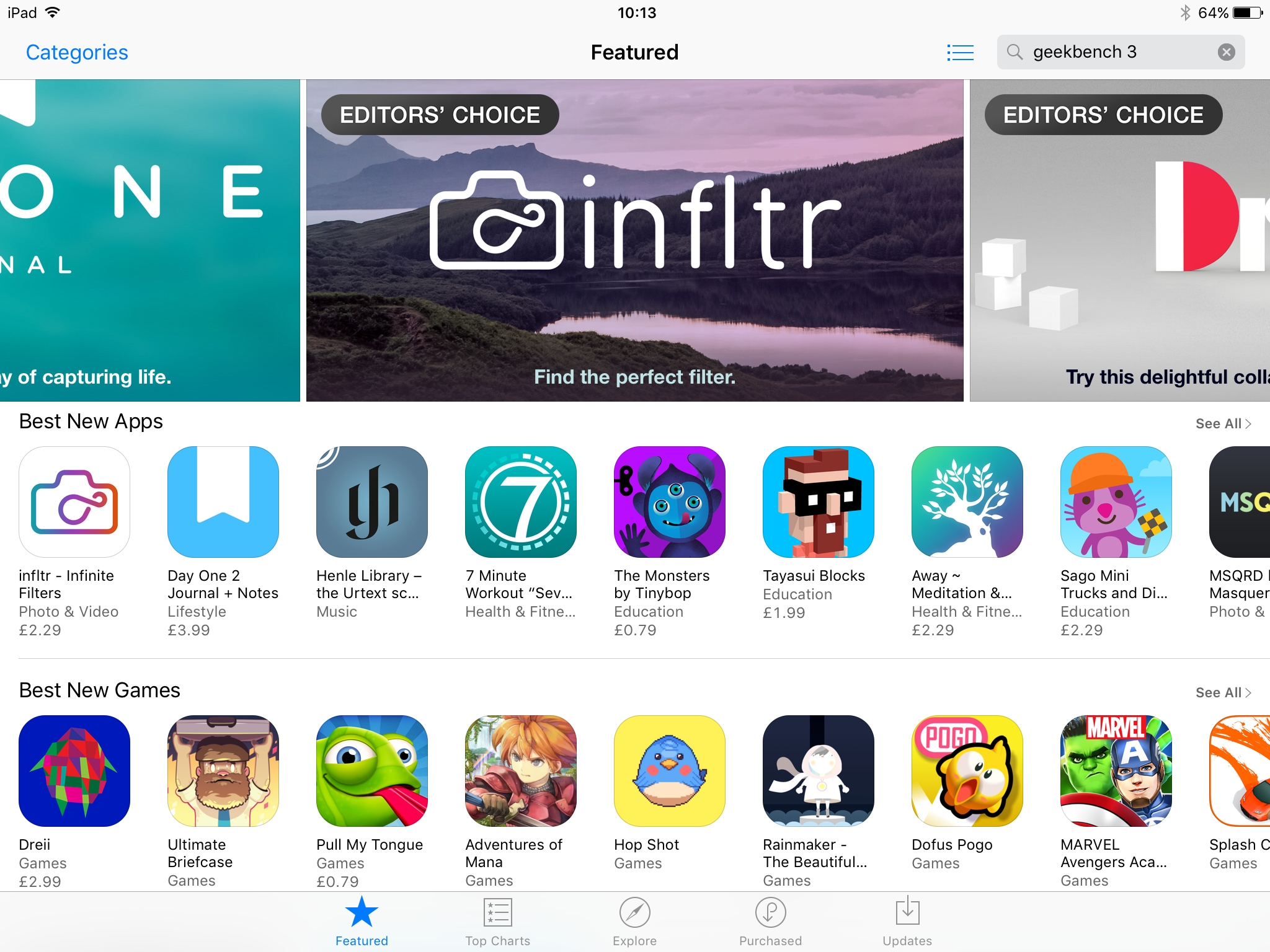
So whether you want a decent video player, a game that understands you're going to have to hold the 'gamepad' differently or just something that packs in more icons thanks to the larger screen size, the App Store will always be a winning reason to pick up the iPad.

Gareth has been part of the consumer technology world in a career spanning three decades. He started life as a staff writer on the fledgling TechRadar, and has grew with the site (primarily as phones, tablets and wearables editor) until becoming Global Editor in Chief in 2018. Gareth has written over 4,000 articles for TechRadar, has contributed expert insight to a number of other publications, chaired panels on zeitgeist technologies, presented at the Gadget Show Live as well as representing the brand on TV and radio for multiple channels including Sky, BBC, ITV and Al-Jazeera. Passionate about fitness, he can bore anyone rigid about stress management, sleep tracking, heart rate variance as well as bemoaning something about the latest iPhone, Galaxy or OLED TV.
